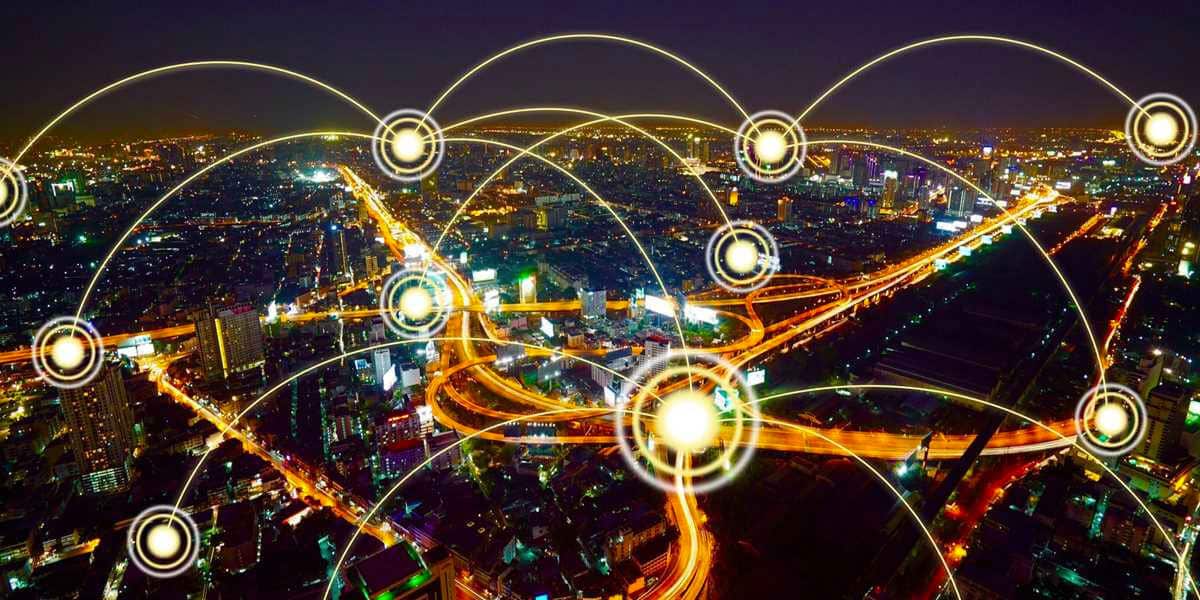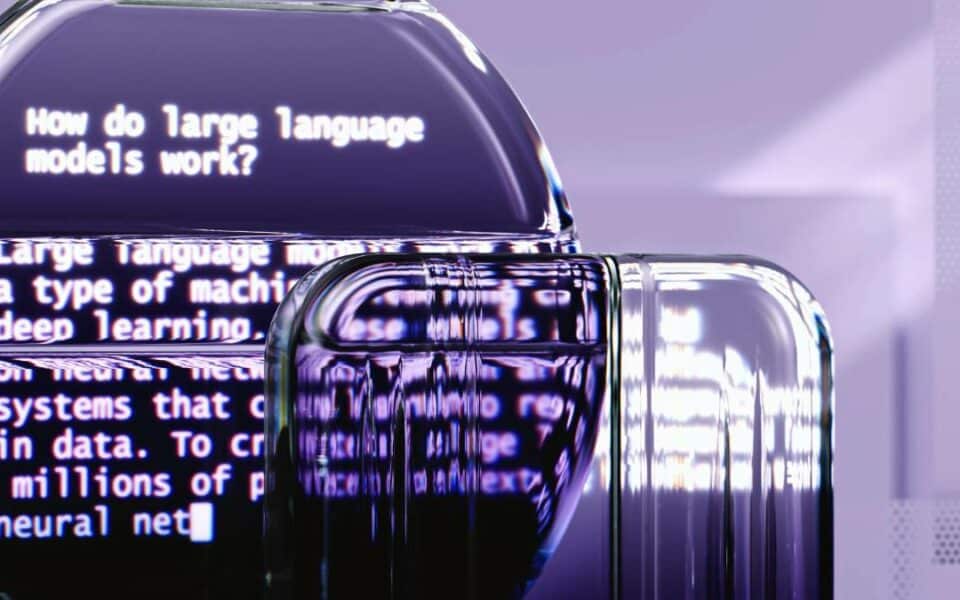
Most asked questions on Google in 2017
17 January 2018
What is Internet of Things (IoT)?
22 January 2018
From finding favourite dogs photos to helping Japan farmers in cucumber sorting, machine learning changes the way people use code to solve problems. But what exactly is and how does machine learning work?
What is Machine Learning about

Machine learning is a kind of artificial intelligence (AI) that allows applications to be more accurate in predicting results without explicitly programming them. The basic principle of machine learning is building algorithms that receive input data and use statistical analysis to predict the output value within an acceptable range.
Machine learning algorithms can be divided into supervised and unsupervised. Supervised algorithms require people to provide both input and desirable results, as well as provide feedback on the accuracy of forecasts during the training. After completing the training, the algorithm will apply the acquired knowledge to new data. Non-supervision algorithms do not require training with the desired result data. Instead, they use an iterative approach called deep learning to review data and draw conclusions.
Processes related to machine learning require searching data to find patterns and to adjust the program activities accordingly. Many people have met with machine learning during online shopping when they are showed ads related to what was bought. This is because recommendation engines use machine learning to personalize online advertising in near-real-time. In addition to personalized marketing, other popular applications related to machine learning include fraud detection, spam filtering, detection of network security threats and much more.
Neural Network 
NN is a subset of machine learning that is a result of using specific algorithms procedures during ML analysis. Machine learning is a procedure in which knowledge is acquired through experience. It focuses on inductive algorithms that can be described as self-learning. The neural network consists of a pool of simple processing units that communicate by sending signals to each other through a large number of connections. The system is inherently parallel in the sense that many units can perform their calculations at the same time.
It is a technique of building a computer program that learns from data. It relies very loosely on how we think and how the human brain works. First, the collection of software “neurons” is created and combined together, allowing you to send messages to each other. The network is then asked to solve a problem and tries to repeat it over and over again, each time strengthening connections that lead to success and reducing those that lead to failure.
Machine learning future
The world is silently transformed by machine learning. We no longer need to teach computers how to perform complex tasks such as image recognition or text translation: instead, we create systems that allow them to learn how to do it on their own.
Machine learning, especially deep learning, is now probably the most trending thing in Silicon Valley. It is due to the fact that it can take on many repetitive, mindless tasks. Sebastian Thun, the founder of Udacity, believes that machine learning will allow doctors to be better doctors and lawyers to be better lawyers. According to Thun, this is the most exciting topic of our history.


